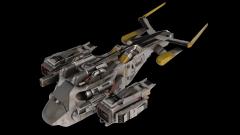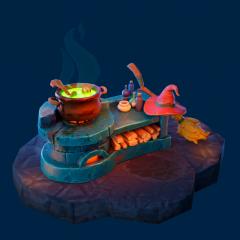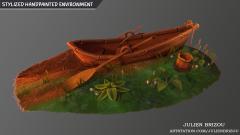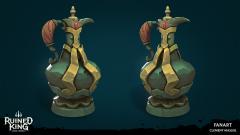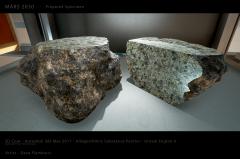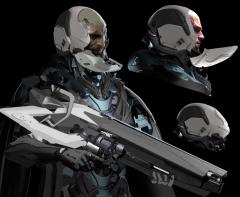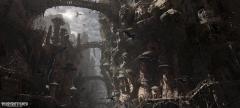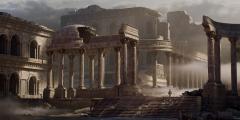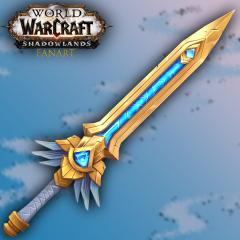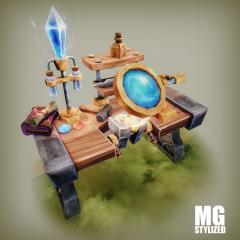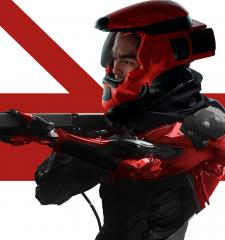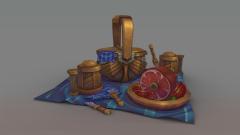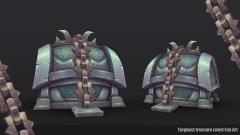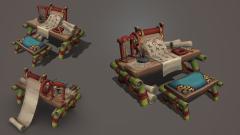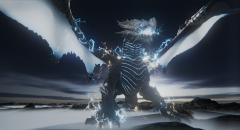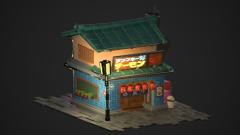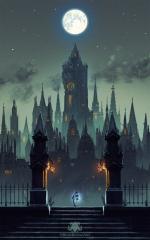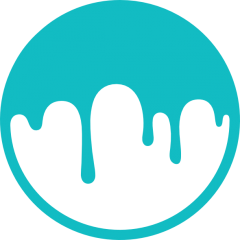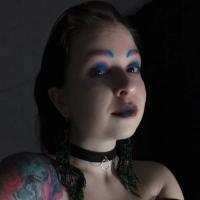-
Topics
-
Question: How to constrain axis when moving brush
By captainbuckfish, in Questions & Answers
- Awaiting best answer
- 0 votes
- 3 answers
-
Question: Issue with Exported File and File Size ? - 3DCoat / DAZ / ZBrush
By Laticis, in Questions & Answers
- Awaiting best answer
- 1 vote
- 18 answers
-
- 22 replies
- 1,284 views
-
hochauflösende Textur: Texturübertragung von High- Poly Modell auf Low- Poly Modell (3D Modelle)/ High-resolution texture: Texture transfer from high-poly model to low-poly model (3D models)
By ModderLS22, in Materials and Textures
- 2 replies
- 121 views
-
3DCoat 2024 development thread 1 2 3 4 116
By Andrew Shpagin, in New Releases, Bugs Reports & Development Discussion
- 3,452 replies
- 552,039 views
-
-
Who's Online 0 Members, 0 Anonymous, 45 Guests (See full list)
- There are no registered users currently online


